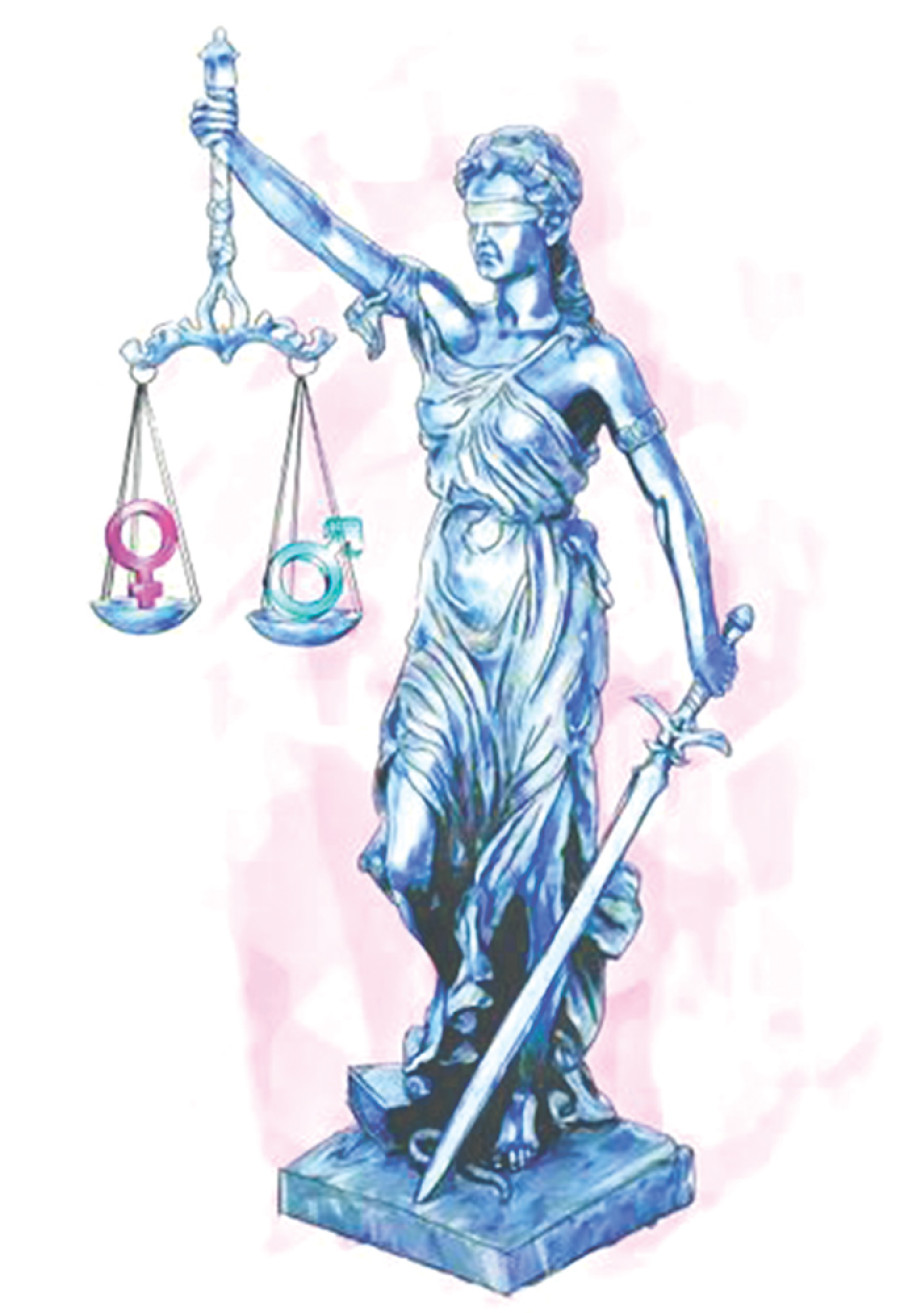Opinion
Of female justices
Three female justices taking up responsibilities put our position on a par with the most advanced democratic countries
Sushila Karki’s endorsement as the first female chief justice on July 10 by the Parliamentary Hearing Special Committee (PHSC) and her assumption of office the following day were widely reported in the press. The reasons cited were mainly two—she is the first female chief justice of the Supreme Court of Nepal, and the third woman to assume the high constitutional position after President Bidhya Devi Bhandari and Speaker of the House Onsari Gharti Magar. Indeed, that is sufficient cause for Nepalis to feel happy and proud.
But there is another underlying cause to make her appointment an important event not only in the legal history of Nepal, but also in the discussion of some complex issues. Karki boldly touched on those issues that were perhaps regarded as taboos. As a student of theory, I saw many more meanings in the defence and logic that she put forward to justify the appointment of Sapana Pradhan Malla as justice, for example. Three female justices including Mira Khadka taking up responsibilities put our position on a par with the most advanced democratic countries. Karki’s defensive dialogic presentation of the legal questions that encompassed diverse issues such as gender, fair justice and revivification of law was powerful.
Productive discussion
Let us see one classic example. Elena Kagan was appointed justice of the United States Supreme Court in 2010 after John Paul’s retirement. Kagan was the 112th justice and the fourth woman justice to serve on the Supreme Court. At that very moment, it was publicised that three women were serving at the same time in the court’s entire history. We are talking about an event that happened in America less than six years ago. Karki, however, did not make her debut on Monday, July 11 when she joined office. It was a continuation of her responsibilities. But as I was listening to her on the BBC and reading her press commentaries, she sounded as though she was theorising about the nature of law, justice, gender equality and, above all, the flexibility of a competent person to take on new responsibilities. That touched on the important theoretical questions about law, ethics, poetry and humanism.
Her theory, as one could easily see, was generated by questions—can a woman or, for that matter, a man with political affiliations be given a constitutional responsibility that requires impartiality? She was particularly theorising a position that would look at the justices and their flexibility as warranted by the position of a judge. Daunting questions like a certain party applying leverage to appoint a person loyal to the party as a judge were discussed quite productively, I should say. Karki’s take on this was that everybody could have worked for a party or certain ideology, but that necessarily cannot be the person’s life-long stamp. Sapana Pradhan Malla, as far as I know, worked for the rights of wronged women and, as we know with certain evidence, used to be a theatre artist. You can see her photograph playing a role with Sunil Pokharel in a play Samjhauta written and directed by Ashesh Malla in 1983, in my book Nepali Theatre As I See It (2006) on page 152. Karki was hinting at a competent person’s ability to take up responsibility without pushing the agenda of one’s mother party. Sapana Malla did clearly state the point; so did another male judge who was also known to have party affiliations previously.
Feminist jurisprudence
Karki spent the most productive 35 years of her life in judiciary, says Shiva Gaunle, a leading journalist, in Kantipur (July16, 2016). She will have to tackle issues that will be engendered by the nature of the constitution itself. Corrupt members of judicial fraternity despise her, he claims. Conversely, Karki asked so many questions to the members of the PHSC, the parliamentarians, that they had to make discoursal adjustments to take note of her questions and find answers to them. The one caveat that Gaunle has rightly put in his argument is that the very structure of law and its related issues and challenges of implementation are of feudal origin. Nepal’s law and some obsolete acts reflect the erstwhile society. So some outstanding issues remain stuck in a society that is still mired in the feudal cultural system.
The other point that is raised and left unexplored is the direct correspondence of the femininity of the justices and the large issues that the female population has been tackling. It is a subtle issue that Malla indicated would be handled with prudence. One very important issue is the narrative voice and the stifling of that voice in society. We in literature, and especially in fiction, include these voices. But the
same voices can disappear in legal codes or may even be considered unimportant there. Moreover, feminist jurisprudence is a subject of discussion in its own right. But after finding the evidence of scant representation of female justices even in America, we browsed through scholarly journals online, excited by the appointment of three female justices in Nepal. We were struck by what we found; they feature women as recipients and victims insofar as law is concerned. Eminent justices and fighters and their views are introduced with great flourish.
As this is a big topic, I would like to close by recapitulating the above argument here. Karki’s appointment was not just a case of woman representation, but an event that opened the not-yet-opened modes of discourses regarding gender, ideology and the ethical question of living up to the demands of an independent and impartial judiciary. It would be unfair to expect these three women justices to reverse the canons of law, but we can expect the newly appointed judges—female or male—to work at this moment of transitional ethical dimension of law and justice with great dedication as shown by Chief Justice Sushila Karki.




 19.12°C Kathmandu
19.12°C Kathmandu









